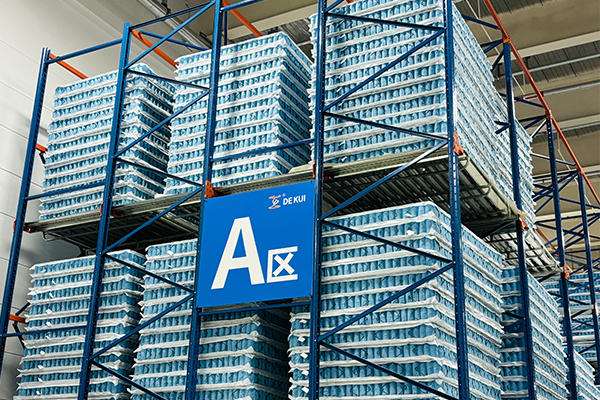In the realm of bedding manufacturing, mattress stitching machines stand as indispensable tools, bridging precision and efficiency to shape the quality, durability, and aesthetics of mattresses. These specialized devices are engineered to secure layers of fabric, foam, springs, and padding, ensuring structural integrity while enhancing visual appeal—critical factors in consumer satisfaction and product longevity.
Core Functions and Design
At their core, mattress stitching machines perform two key roles: fastening internal components to prevent shifting (e.g., keeping foam layers aligned with spring cores) and creating decorative or functional seams on the mattress surface. Modern models integrate advanced mechanisms, such as adjustable stitch lengths (typically 3–15mm) and variable speed controls (up to 3,000 stitches per minute), adapting to diverse materials from knit fabrics to heavy-duty upholstery.
Types for Diverse Needs
The market offers tailored solutions for different production scales and mattress types:
– Single-Needle Machines: Ideal for small workshops or custom designs, they handle intricate stitching on luxury mattresses with premium fabrics.
– Multi-Needle Machines: Used in large-scale factories, these units (often 3–10 needles) streamline mass production, creating uniform seams across standard-sized mattresses.
– Automatic Stitching Lines: Equipped with computerized controls and conveyor systems, these automate feeding, positioning, and stitching, slashing labor costs by up to 40% for high-volume manufacturers.
Technological Advancements
Innovation has elevated these machines beyond basic stitching. Many now feature:
– Sensor-Based Alignment: Ensuring seams stay straight even with thick or uneven materials, reducing rework.
– Quick-Change Needle Systems: Minimizing downtime when switching between thread types (e.g., cotton for breathability or polyester for strength).
– Ergonomic Designs: Reducing operator fatigue with adjustable workstations, critical for long production runs.

